Waipiko - A winning property
New Zealand Tree Grower August 2017.
The second visit of the day was to Waipiko Farm, a property on which John and Diny Dermer were awarded the Husqvarna North Island Farm Forester of the Year in 2014. The property covers 186 hectares and is situated between the Oroua and Kiwitea rivers. John’s grandfather bought the farm in 1909 and John has been managing the farm since 1974.
Generally, John says it is a great spot to live. There was a severe flood in 2004 which covered a lot of the farmland but with the house being on a hill, it did not get damaged. Most of his ewes had to survive for some time in the water but he did not lose any. Now there are no signs of the damage although the area of the rifle range has around 75 centimetres more soil washed down from upstream farms. The rifle range has been there for over a hundred years and the Cheltenham Rifle Club uses it regularly.
Sheep and bulls
John decided to change from running about 2,000 sheep in 1986 to mainly rearing bulls, although now has only around 75 of these as he concentrates on lamb trading which is less work, and causes less pugging of the soil. His lamb marketing organisation is moving to use the Global Animal Protection programme to satisfy Whole Foods supermarket in the US. Accreditation is tricky as they are in semi-wholefoods and buying lambs from sale yards is prohibited due to the stress they suffer. Sales have to be farm to farm.
John has been keen on his wetlands for many years and has put in a number of dams with pipes near the top so that the wetlands can remain wet. Unfortunately, the wetlands were too far to visit due to the limited time available.
First stop
The first stop was by a sheltered block, although with rivers running north south and a lot of planted shelter along these corridors, John said there is plenty of shelter on the farm. We had stopped by some eucalypts which were mainly E. nitens and E. mulleriana although a few of these were supplied as E. jacksonii. However, a visitor questioned this and when samples were taken from the trees in question, they were declared to be E. mulleriana.
One of the questions was to ask what timber will John take out and what will be replanted. The recommendation was to take the E. nitens and let E. mulleriana grow. John said that the natives will recover well, and has no plans to replant, just let the natives grow. He would not use plantation trees again along the water margins as thinnings fall across the creeks and cause problems.
There was a question about markets for eucalypts, the usual perennial problem. Dudley Franklin said that you sell radiata when you need the money but you have to use money to prepare eucalypts for the market. Eucalypts are hard to sell when wet, but will sell when dried He said he had used E. nitens as untreated timber outside for 20 to 30 years and it was still in good condition. So he has recommended that people who have a reasonable quantity of E. nitens to use it to make decking.
In other discussions, it was noted that the redwoods we could see had not been pruned much. John said some had been pruned but regrowth from epicormics was quite signifcant. The comment was made that to prune redwoods it should be little and often, about a metre at a time.
John concluded by saying the farm would not stay in the Dermer family as neither of his two daughters wanted to be farmers. He had developed the farm from something that was a bit rundown, to a productive one which also had a lot of tree shelter and many wetlands. He said he was known as the farmer who liked trees – not a bad epitaph for a devoted farm forester.
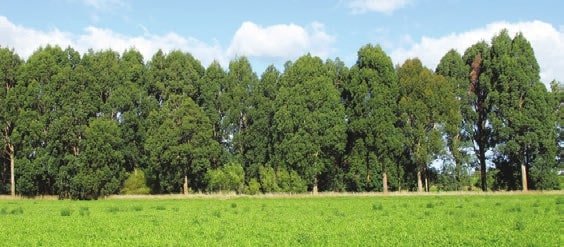
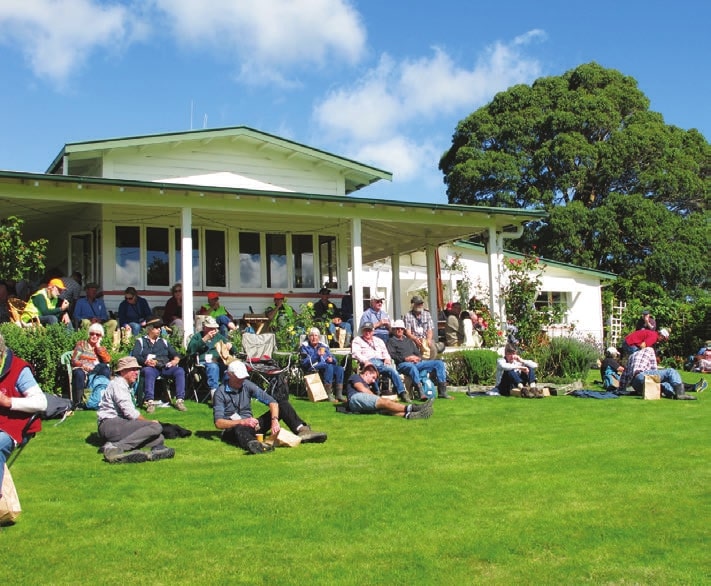
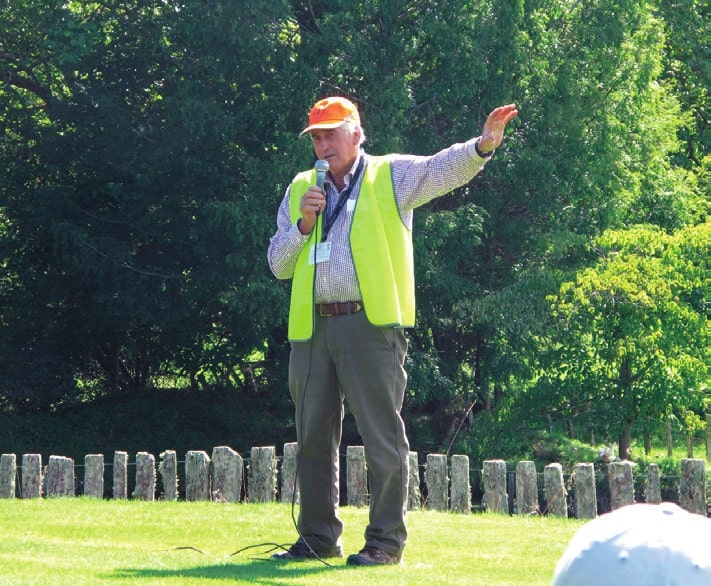
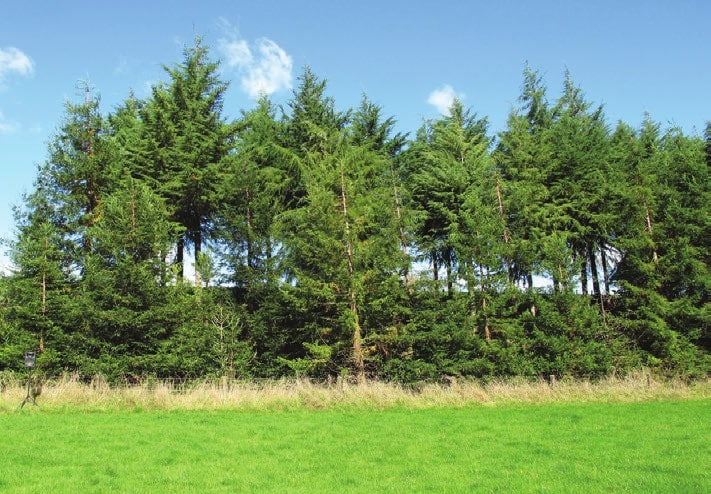
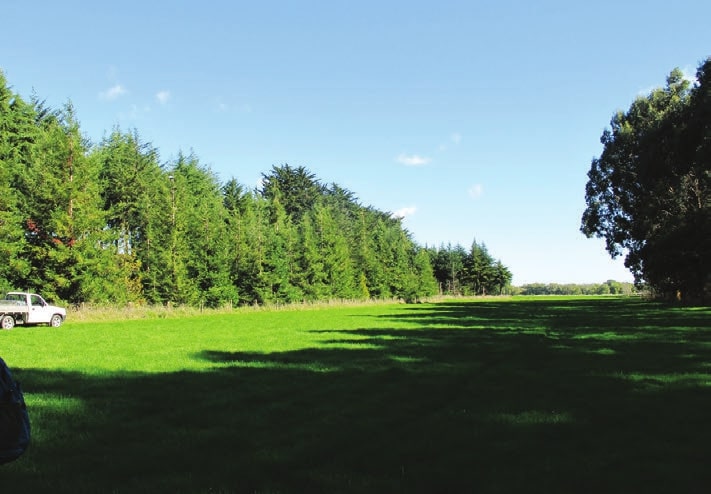
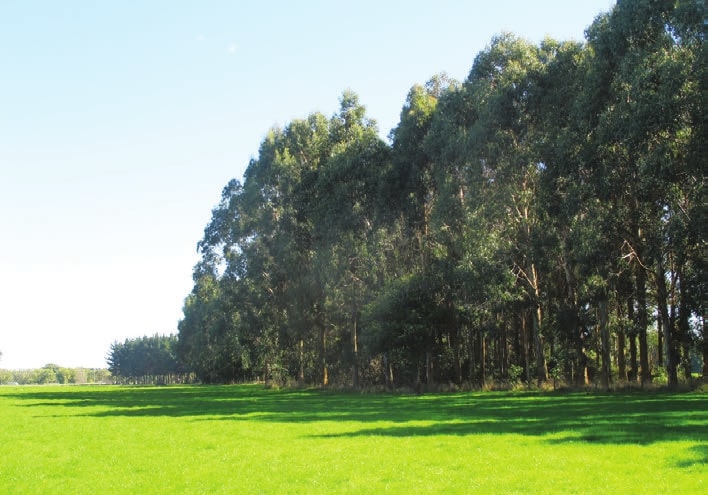
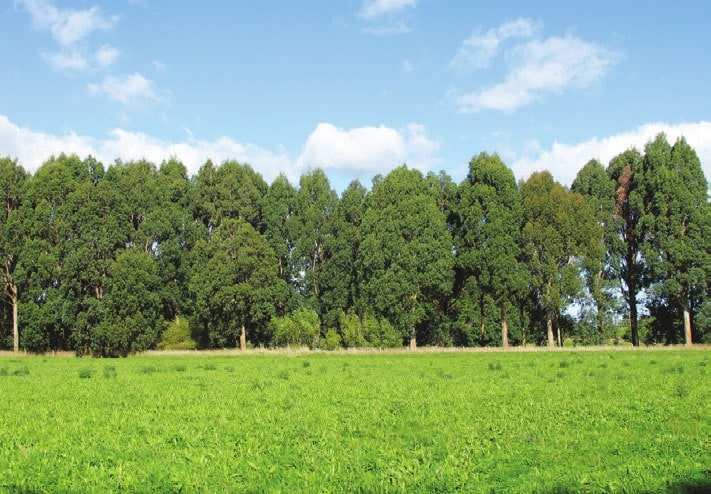
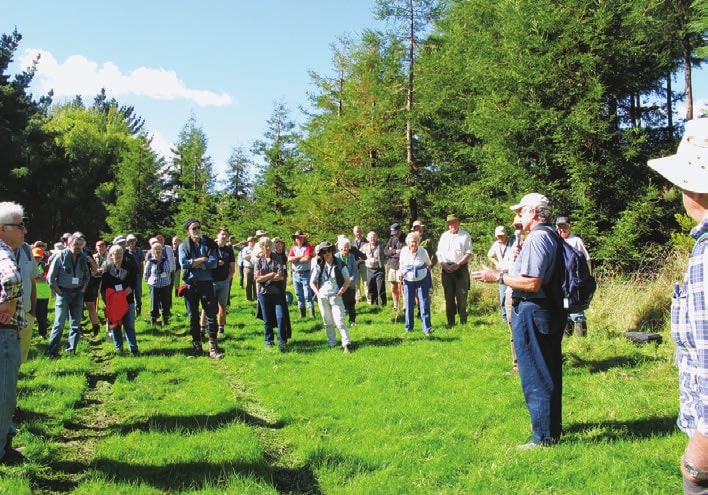
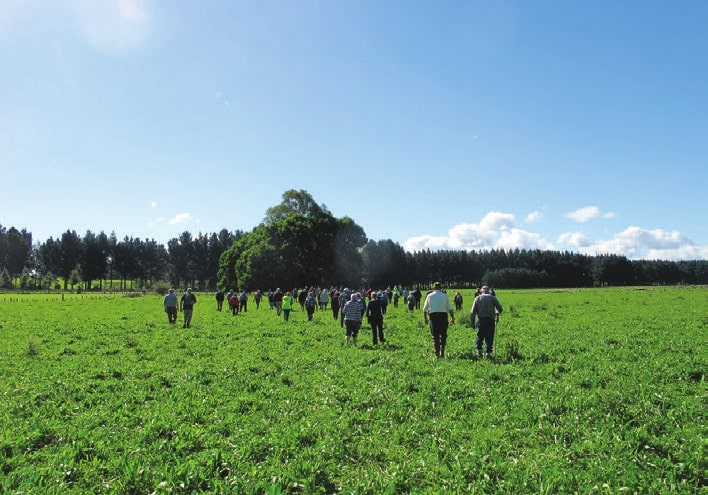

 Farm Forestry New Zealand
Farm Forestry New Zealand